
Ultrafragola Mirror
Poltronova
Inspiration

2021/6/15
Modernism dominated society in the first half of the 20th century but would be challenged in the second. Critics called the backlash postmodernism and it challenged universal truths, functionalism and objective reality.
Barcelona Chair designed by Ludwig Mies van der Rohe in 1929.
Almost all the design we live with today is based on modernism and, in particular, the ideology of the Bauhaus school. Starting in the late 19th century, Western culture began to question religious beliefs and inequality in society. The essence of modernism was that everything had to be rethought, and new science and rapid technological development could shape and improve the environment. New ideas emerged in areas such as architecture and art.
Modernism only really took off after the First World War in Europe and the United States. Markets grew and innovations came in rapid succession.
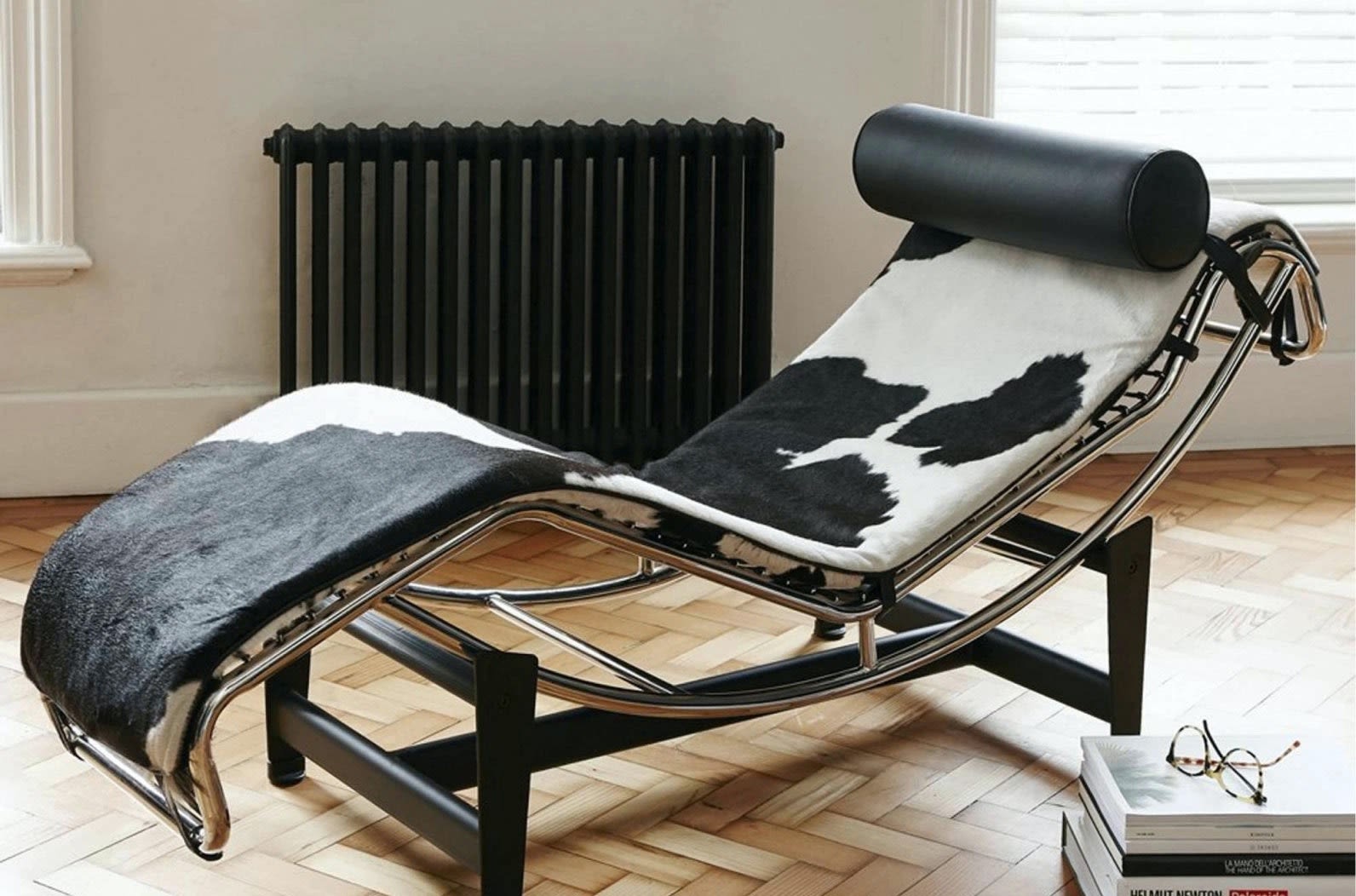
LC4 Hairyskin designed by Le Corbusier, Pierre Jeanneret and Charlotte Perriand in 1928.
In Germany, the Bauhaus school was founded in 1919 by architect Walter Gropius with the idea of using art and architecture to build a better society. Focusing on pure geometric forms and balanced compositions, they endeavoured to 'find a unified aesthetic cultural expression through the unity of artistic and craft education'. The school would use prominent architects and artists of the time as teachers and principals. For example, Ludwig Mies van der Rohe was principal from the late 20th century and later coined the aphorism 'Less is More'. The new technology enabled mass production and the Bauhaus to spread to all classes of society. The great influence of the Bauhaus is seen as a precursor to functionalism.
After the Second World War, affordable housing was important, and prominent architects designed neighbourhoods within a new framework that would come to be known as functionalism. Architecture had to be well-proportioned and accountable. New techniques for mass-producing materials, such as concrete, glass and steel, gave architects fantastic opportunities. Form should follow function and straight lines were most practical. All design should be user-friendly and furniture design came to be strongly influenced by architecture. The famous architect and perhaps the greatest theorist of modernism, Le Corbusier, is also considered one of the greatest furniture designers ever. Ludwig Mies van der Rohe's famous Barcelona Chair is a good example of modernist furniture designed by one of the most important architects of all time.
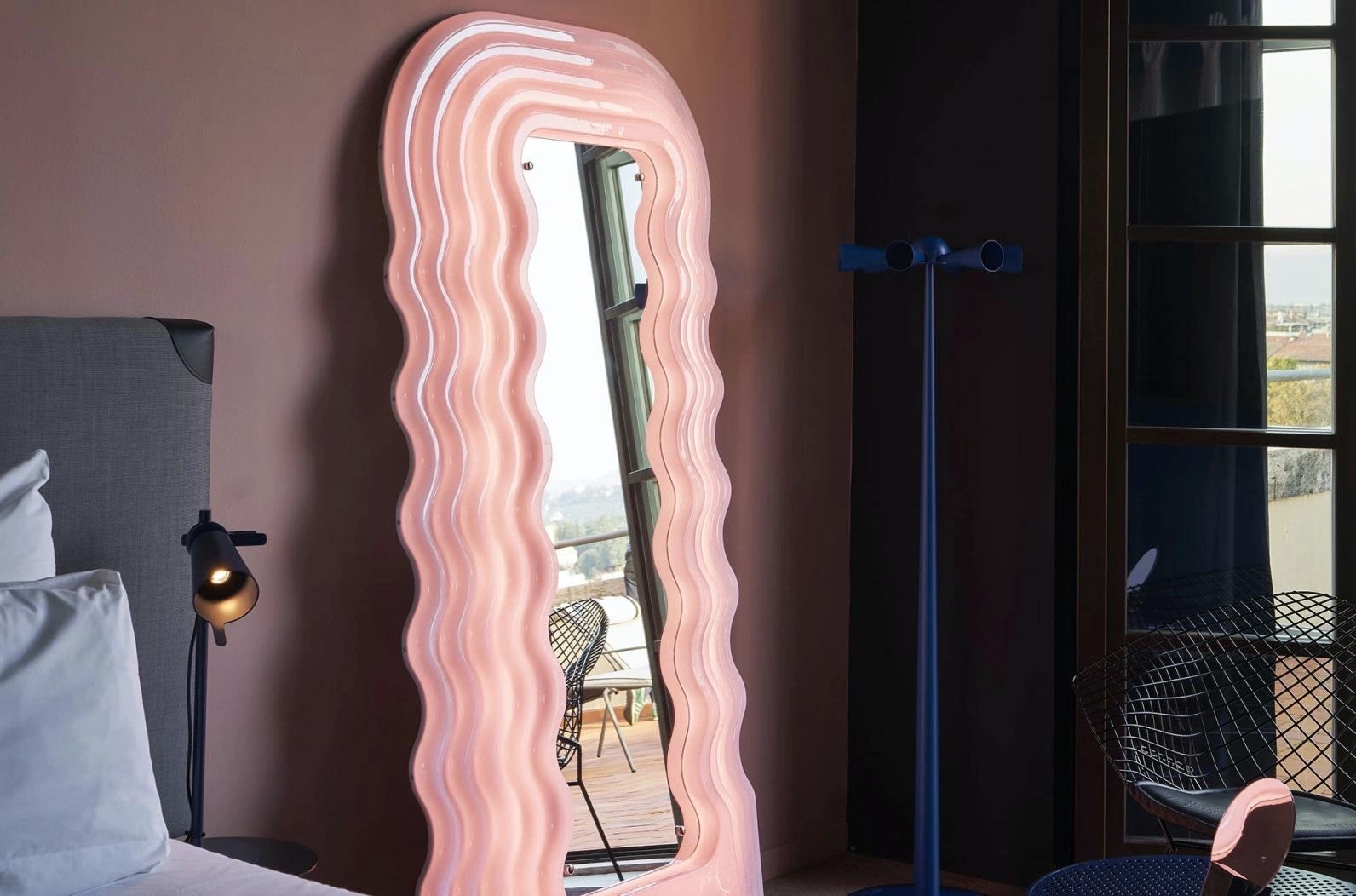
Ultrafragola Mirror designed by Ettore Sottsass Jr. in 1970.
Modernism is slowly being questioned in several areas. Writers and architects criticised the collectivist ideology. In the 1970s, the Italian Alessandro Mendini played an important role in the development of postmodernism and radical design. He wanted to move away from functionalism and show that design could be more complex.
If modernism stood for simplicity, postmodernism was multifaceted. Where modernism strived for order, postmodernism sought to create chaos. The latter questioned universal truths and favoured individual experience. Many designers had grown tired of the elitist definitions of good taste and longed for a 'freedom from style'.
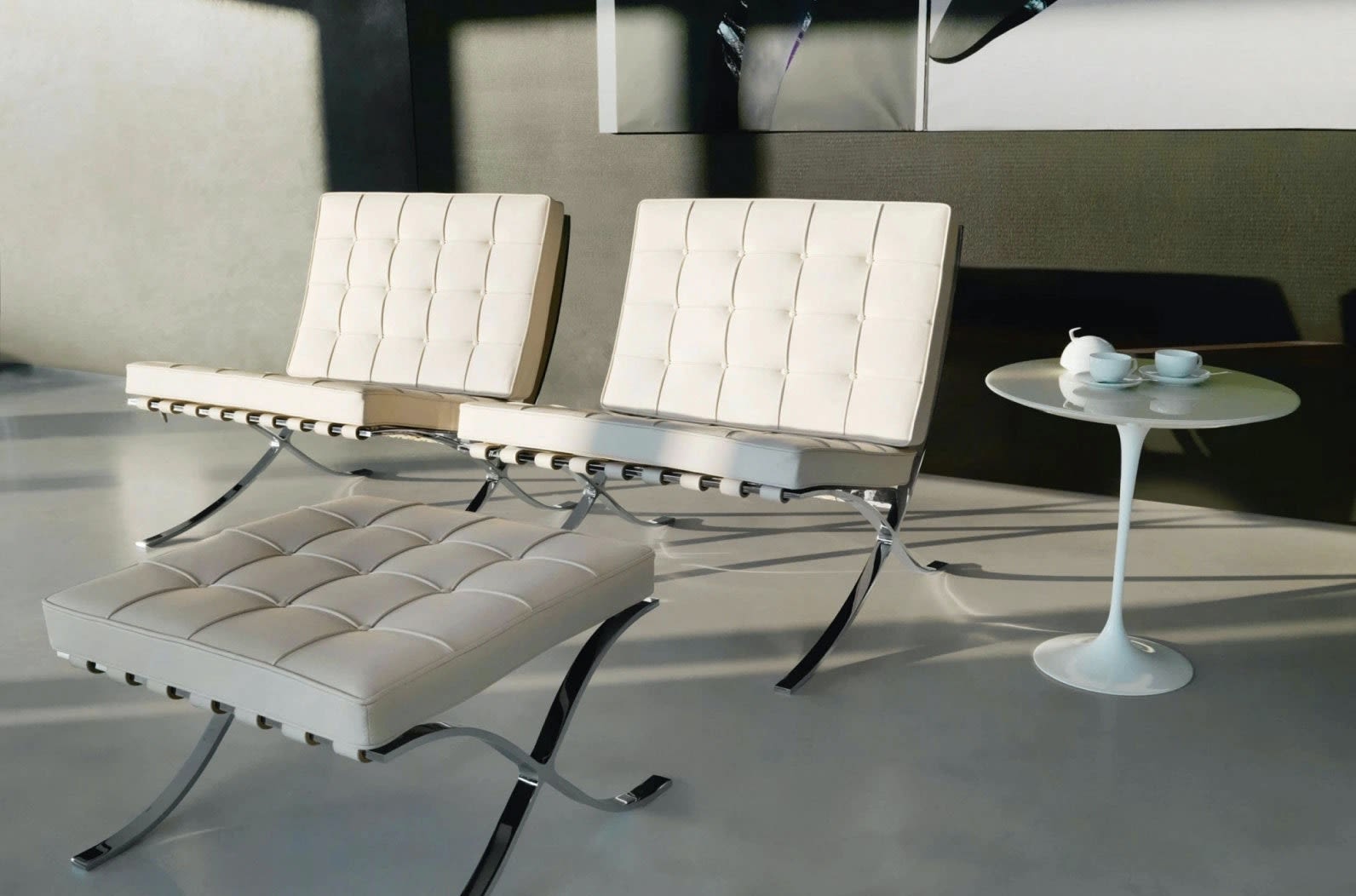
Barcelona Chair designed by Ludwig Mies van der Rohe in 1929.
However, it wasn't until the 1980s 'the designer decade' that postmodernism fully took hold. In 1980, a group of creatives, including Ettore Sottsass and Michele De Lucchi, met in Milan and set up the Memphis design group. The group questioned the homogenised and pretentious design climate and wanted to create a debate about design and its industry and allow designers to express themselves individually. By thinking outside the box and testing the limits of what design could be, they drew objects that were mismatched, multi-coloured and had bizarre patterns. Inspired by art deco, pop art and geometric shapes, among others, the products were clearly both crazy and fun.
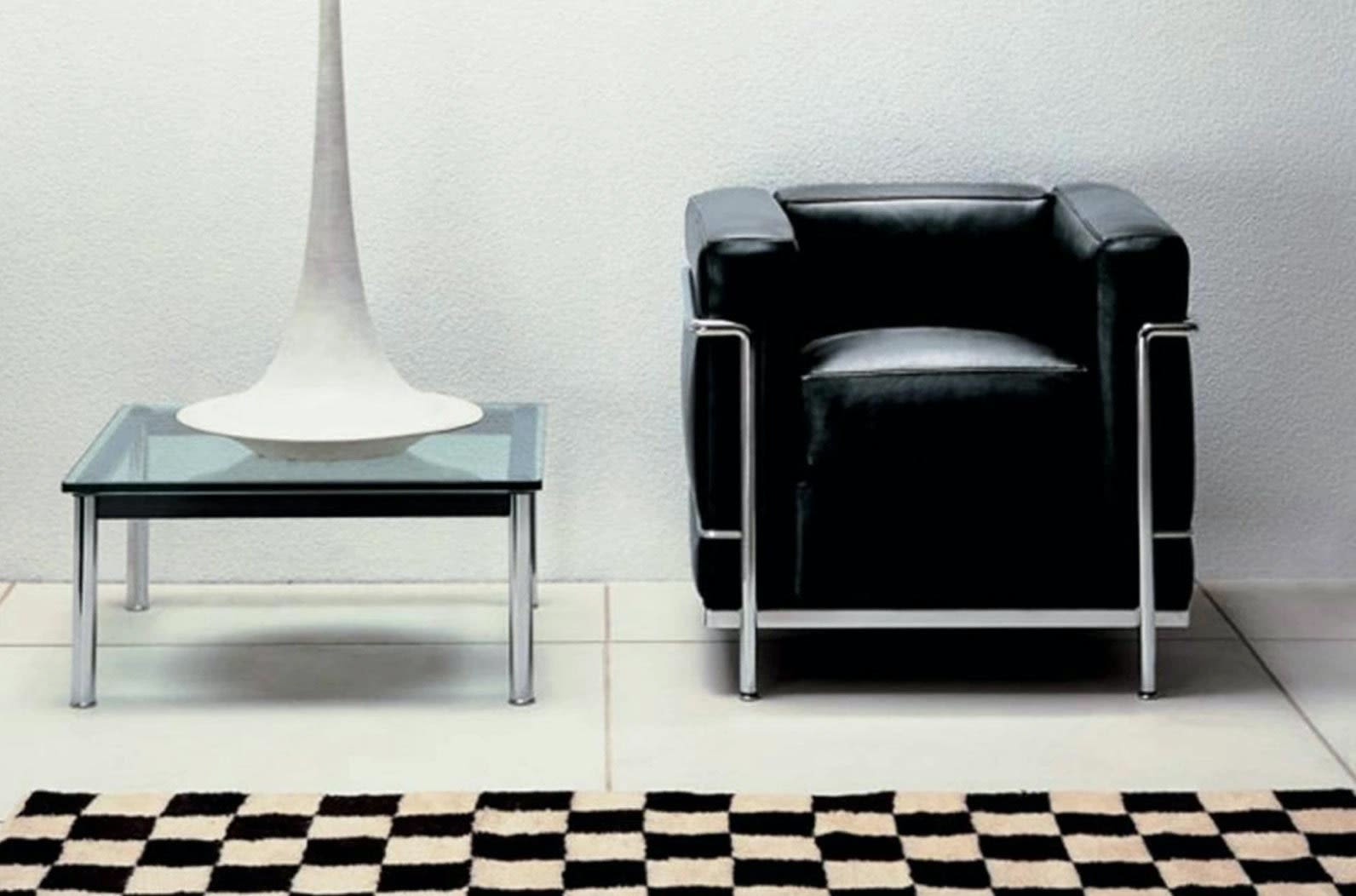
LC2 Armchair designed by Le Corbusier, Pierre Jeanneret and Charlotte Perriand.
Design would never be the same after Memphis' debut exhibition. The Salone del Mobile in Milan in 1981 was so crowded that some of the exhibitors thought there had been a terrorist attack. Memphis became a trend-setter in both design and fashion, and the industry would henceforth become more colourful and personal. The hype eventually died down, but the freedom designers enjoy today owes much to the radical creators of postmodernism.
Now the Memphis Group's designs are back in vogue thanks to trendsetters in various fields who also believe that "Less is Bore". Many Memphis products are still being produced and selling like never before.
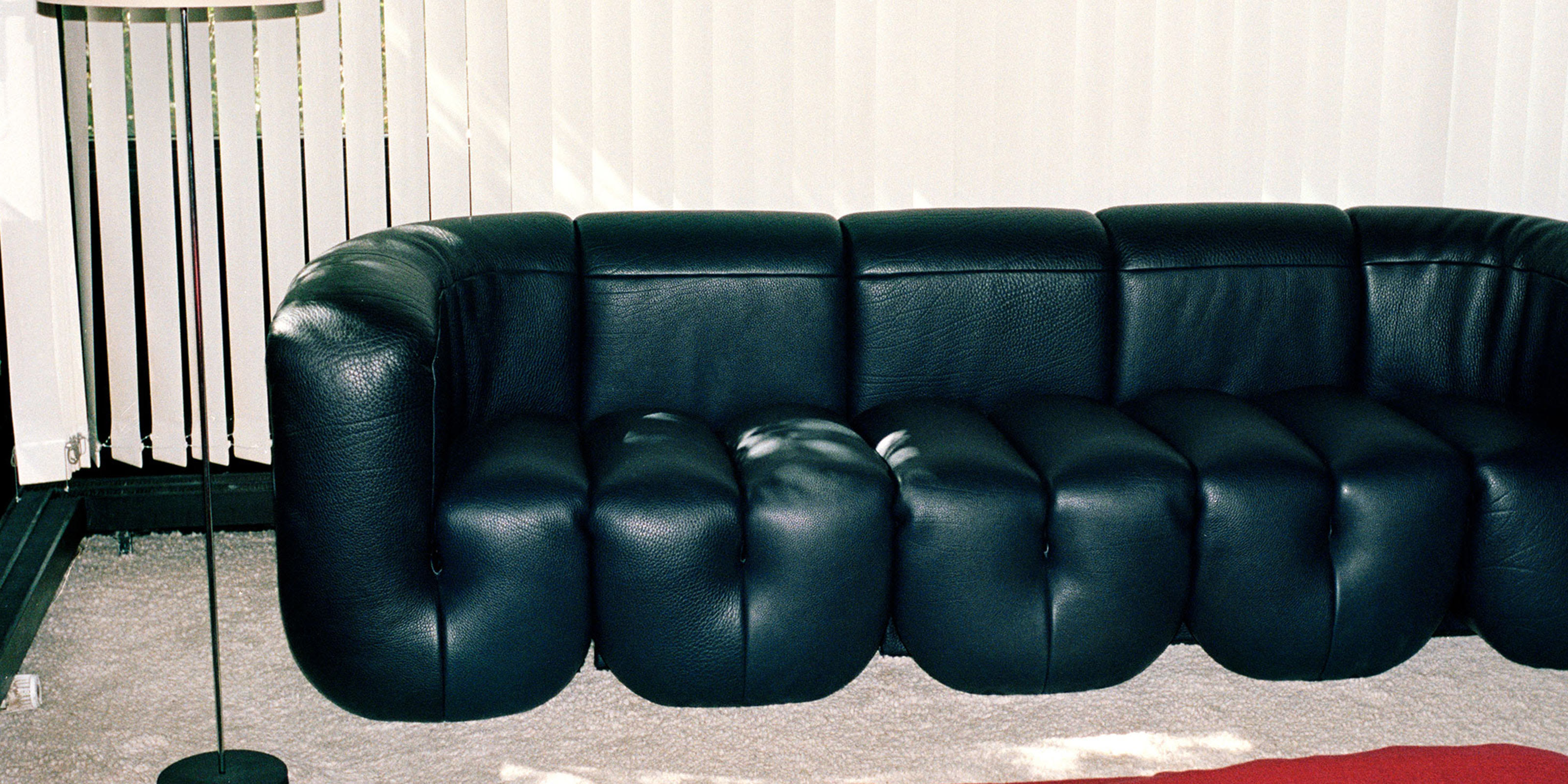
A design icon is not just a beautiful piece of furniture - it also represents an essential chapter in design history. Sofas of different varieties that are the result of groundbreaking innovation and carefully considered aesthetic choices. Through the study of design icons, we get a good insight into the vision of designers, but also a broader understanding of the time period in which they were created. Apart from being historical artifacts, they are also sources of inspiration for contemporary designers who carry on the timeless legacy.
2024/3/22
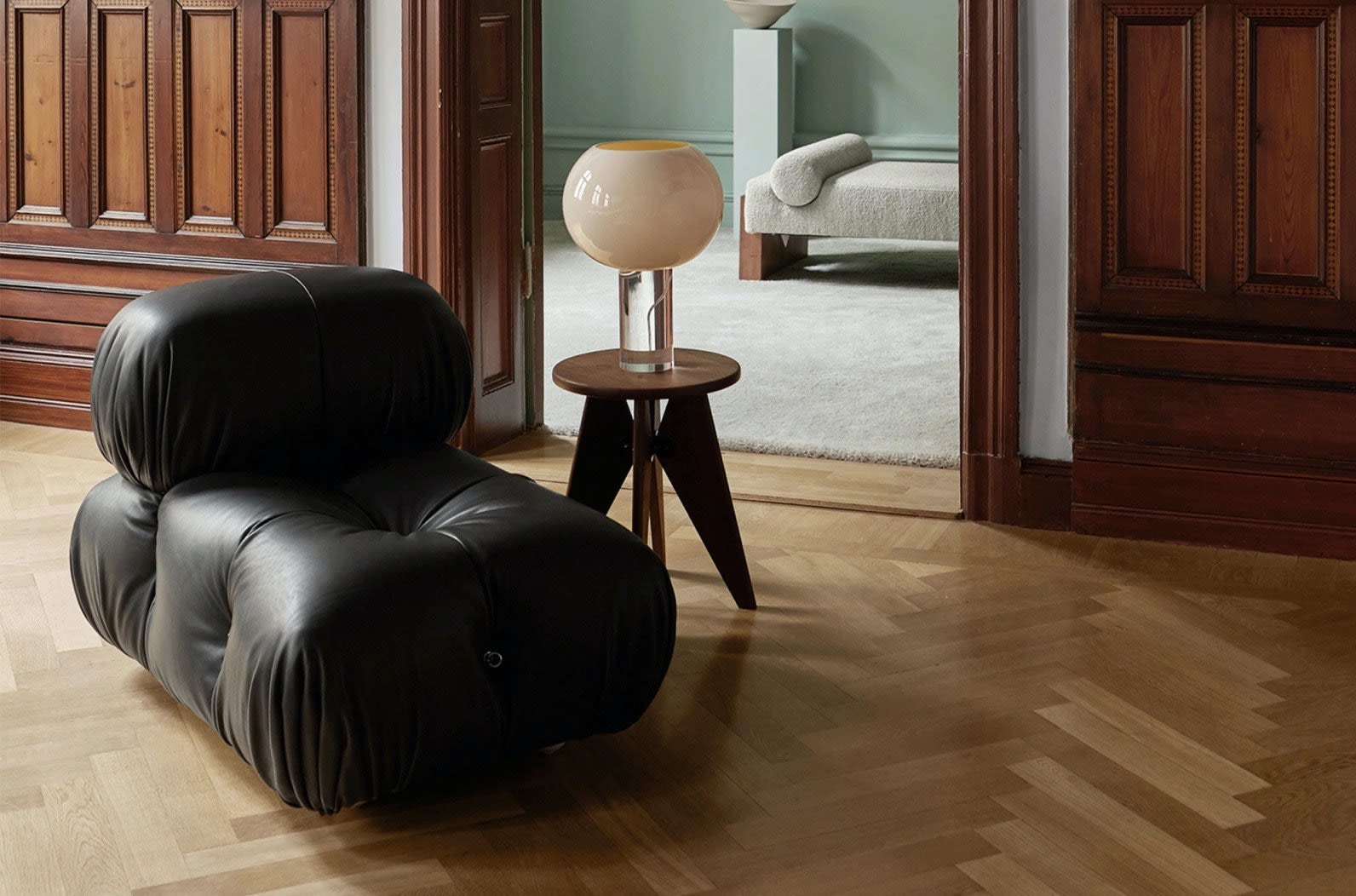
It's as if a revolution has rolled in and taken over our homes. The same movement has also hit public spaces and not least our Instagram feeds. The revolution comes in soft shapes, with curved contours and it is as if all straight lines and sharp corners have been eliminated in favour of the opposite. The shapes are accompanied by materials that feel as inviting as a soft and warm fur on a chilly winter day or a knitted mohair sweater against bare skin.
2021/5/17

Where dreams become reality or vice versa. Helena Blomqvist (b. 1975) is a photographer and artist who uses her distinctive style to create visual narratives that are both imaginative and contemplative of reality.
2021/10/19

Founded in 1872 by the cabinetmaker with the same name, Fritz Hansen is a Danish brand synonymous with timeless elegance and pioneering furniture design.
2024/5/3